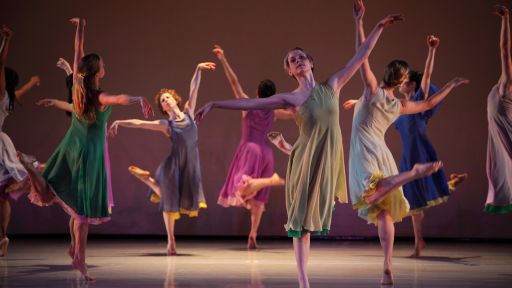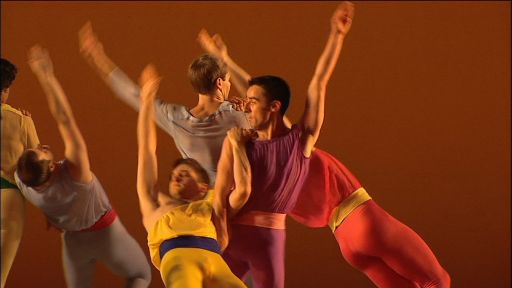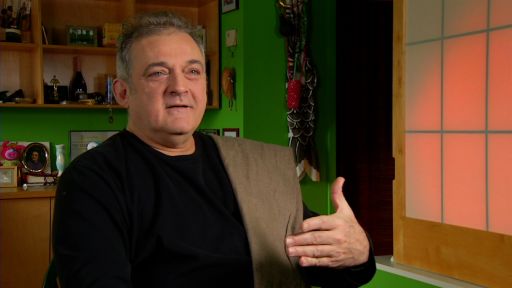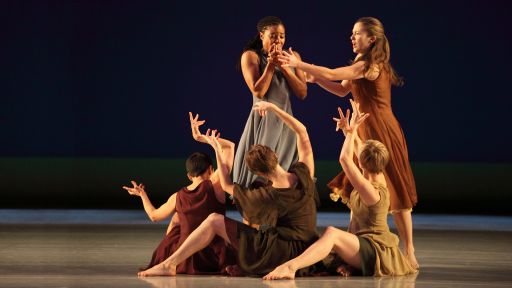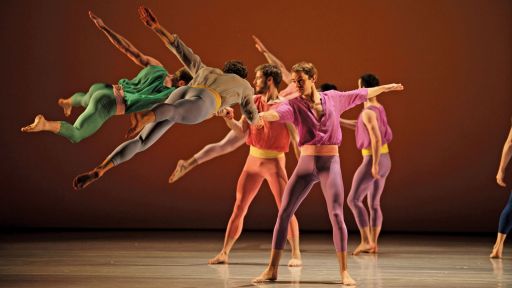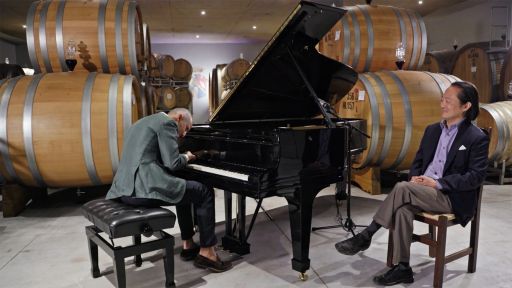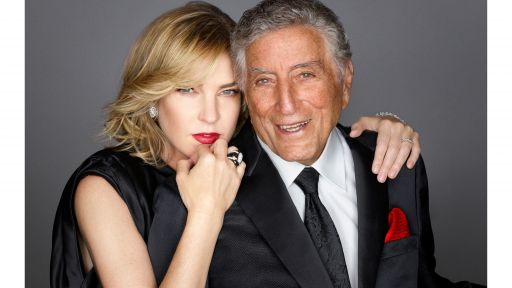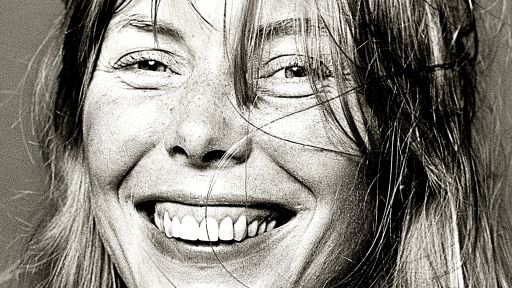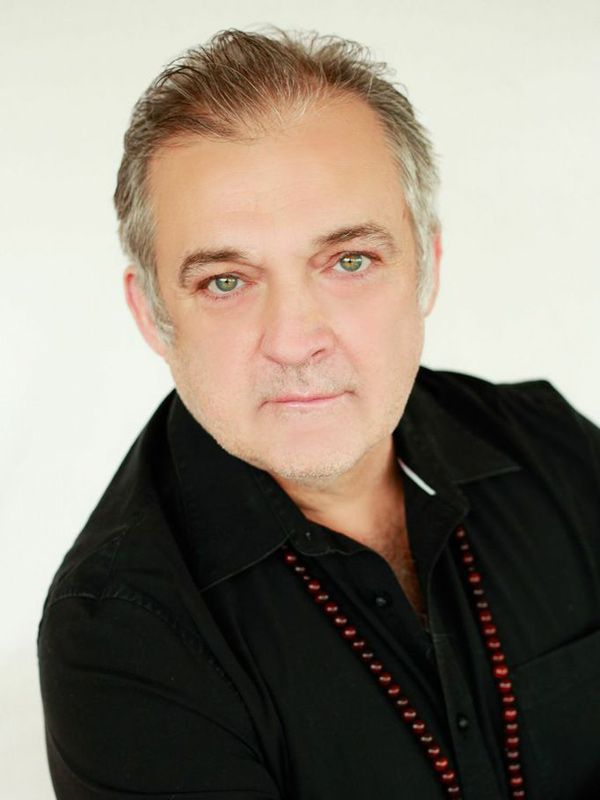
Mark Morris. Photo by Amber Star Merkens.
Mark Morris interview conducted by Elisa Lichtenbaum of WNET.
Choreographer Mark Morris first garnered international fame for L’Allegro, il Penseroso ed il Moderato when it debuted at the Théâtre Royal de la Monnaie in Brussels in 1988. Considered a landmark achievement, the work was inspired by George Frideric Handel’s oratorio based on the 17th century poems of John Milton. L’Allegro has been performed to critical and audience acclaim all over the world.
Morris’s signature work comes to television for the first time in a Great Performances special premiering March 27, 2015. Hosted by Mikhail Baryshnikov and featuring the Mark Morris Dance Group, the program was filmed at the Teatro Real in Madrid, Spain.
In this interview, Morris speaks about the inspiration for this masterpiece, his debut on Great Performances: Dance in America, and more.
Q: When you first created L’Allegro, it was your largest, most ambitious work to date. What inspired you to choreograph this monumental dance piece, and why does it resonate with audiences so powerfully 25 years later?
A: I had been listening to L’Allegro, il Penseroso ed il Moderato for a few years and had considered choreographing it before I was hired as the Director of Dance at the Théâtre Royal de la Monnaie in Brussels. I have a very deep attachment to the drama and brilliance of Baroque music and Handel in particular. As in every dance I come up with, the genesis is musical. The incredible suite of Milton’s poems as set by Handel with such delicacy and specificity thrilled me then and still does. I think this evening of dancing and music is satisfying because it is so open and humane and available to anyone willing to spend time on it. I am enormously proud of this piece and my marvelous dancers and musical collaborators over the many years of active performance. It resonates with audiences so powerfully after 25 years because it is very moving, and very, very good.
Q: The Mark Morris Dance Group made its debut on PBS in 1986 as part of the Dance in America series. What was it like for your emerging company to have exposure on national television?
A: It was a wonderful and surprising chance. I was very young and new and not from ballet and gay. My work was beginning to be watched seriously, and so it was an important introduction to a bigger audience with hopes that they’d be urged to attend live performances whenever possible.
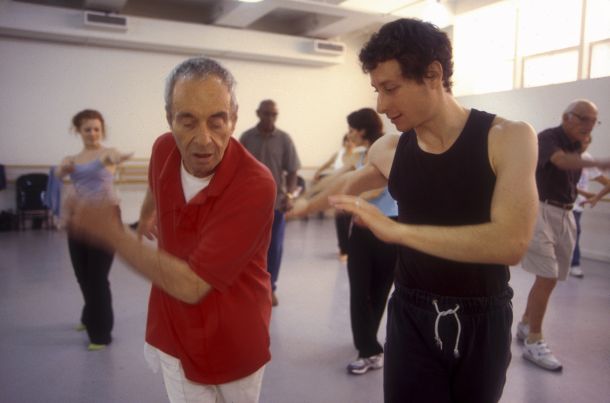
Martin Thall, member of Brooklyn Parkinson Group, dances with David Leventhal. Photo: Katsuyoshi Tanaka.
A: A collaboration between the Mark Morris Dance Group and the Brooklyn Parkinson Group, the Dance for PD program offers dance classes for people with Parkinson’s disease. Headed by former MMDG dancer David Leventhal, it started as an experiment with a small handful of students at our dance center in Brooklyn, and now thousands with Parkinson’s throughout New York City and around the world participate.
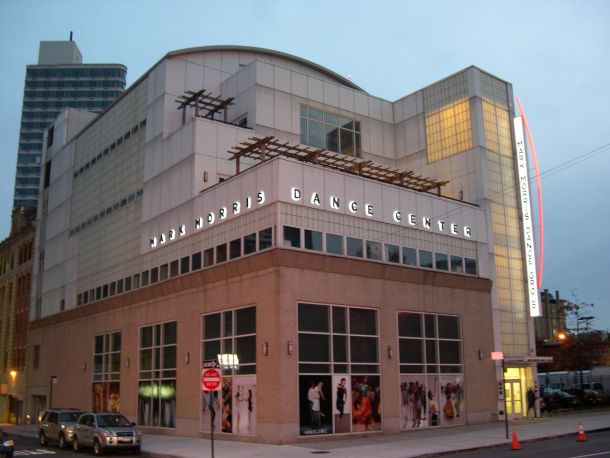
Mark Morris Dance Center in Brooklyn, NY.
Q: In 2001, the Mark Morris Dance Center opened in Fort Greene, Brooklyn. Why did you make Brooklyn your company’s home base and what role does the center play in the community?
A: We built the Mark Morris Dance Center because we needed it. Our time in Brussels, with a physical plant to work in, informed us that it could be possible to have a full-time, year-round home in which to do our jobs. We were fortunate to find prime property in Fort Greene in 2001 and moved in right at 9/11. MMDC has naturally, organically become a welcoming, safe, and lively cultural center. I’m always surprised and delighted by the number and range of people I encounter at the building: in class, at work; busy, and happy.
Q: If you were to choreograph a dance piece inspired by the life and work of Mark Morris, what would you call it and what music would you use?
A: I would be the absolute wrong person to choreograph a docudance of my life and work! Perhaps when my archives are unearthed in 300 years, someone could do a terrible historic reconstruction.
Q: What are your favorite public television programs, and why does public television matter?
A: It matters because it is consistent in its quality, inexpensive to watch, and gives viewers access to programs and performances which are otherwise unavailable. The most important method of fostering involvement in the humanities is regular exposure. Watching good TV is a way to advance interpersonal contact, respect, and understanding. I like to watch concerts, food porn, and kids’ shows. I particularly loved Teletubbies. I’m also fond of Sesame Street, as I was on it once, dancing with Muppets.
Great Performances – Mark Morris Dance Group: L’Allegro, il Penseroso ed il Moderato premieres Friday, March 27 at 9 pm on PBS (check local listings).

